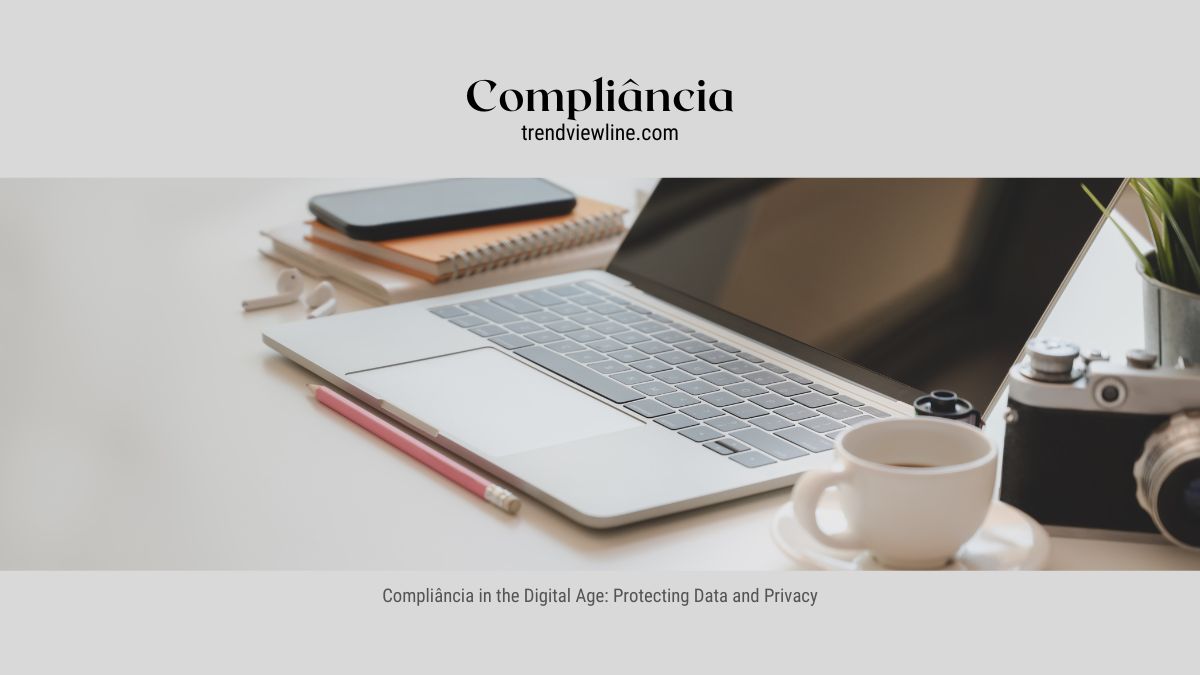Introduction to compliância
In the business world, compliância refers to adherence to laws, regulations, guidelines, and specifications relevant to an organization’s operations. Ensuring compliância helps companies avoid legal penalties, financial forfeitures, and harm to their reputation.
Historical Background of compliância
The concept of compliância has undergone significant development over time. At first, was all about complying with the law. However, it became clear that comprehensive regulatory frameworks were required as businesses became more complex. The Sarbanes-Oxley Act was enacted in 2002, and the General Data Protection Regulation was passed in 2018.
Types of compliância
Regulatory compliância
This involves adherence to external laws and regulations that govern an industry. Examples include financial reporting standards and environmental laws.
Corporate Compliance
Corporate refers to internal policies and procedures established by an organization to ensure adherence to laws, regulations, and ethical standards.
IT Compliance
IT compliance ensures that IT systems and data management practices adhere to legal standards, such as data protection laws.
Environmental Compliance
Environmental compliância involves following regulations that protect the environment, and ensuring that business practices do not harm natural resources.
The Role of Compliance Officers
Responsibilities of a compliância Officer
A compliance officer ensures that a company adheres to external regulations and internal policies. Their duties include developing compliância programs, conducting audits, and training employees.
Skills Required for Effective Compliance Management
Key skills include attention to detail, strong ethical standards, excellent communication, and a thorough understanding of the relevant laws and regulations.
- Compliance Programs in Organizations
- Developing a Compliance Program
A robust compliance program begins with a risk assessment to identify potential issues. This is followed by the creation of policies and procedures to mitigate those risks.
Components of a Successful compliância Program
- Policies and Procedures: Clear guidelines to ensure.
- Training and Education: Regular training sessions to keep employees informed about compliance requirements.
- Monitoring and Reporting: Systems to track compliance and report any violations.
Training and Education for Compliance
Ongoing training is essential for maintaining compliance. This includes regular updates on new regulations and refresher courses on existing policies.
Compliance Risk Management
Identifying compliância Risks
Compliance risks can arise from various sources, including changes in laws, internal process failures, and external events.
Mitigating compliância Risks
Mitigation strategies include developing robust policies, conducting regular audits, and employing technology to monitor compliance.
Monitoring and Reporting Compliance Risks
Effective compliance risk management requires continuous monitoring and timely reporting of any issues to the relevant stakeholders.
Compliance and Corporate Governance
The Interconnection Between compliância and Governance
Compliance is a key component of corporate governance, ensuring that a company operates within legal and ethical boundaries.
Role of the Board of Directors in compliância
The board of directors plays a crucial role in overseeing the compliance program and ensuring that the company meets its regulatory obligations.
Technology and Compliance
Technology can streamline compliance processes, making it easier to track, manage, and report compliance issues.
Compliance Management Software
These tools help organizations manage their compliance programs more effectively by automating processes and providing real-time insights.
Emerging Technologies Impacting Compliance
Emerging technologies such as AI and blockchain are transforming the compliance landscape, offering new ways to enhance management.
Challenges in Compliance
Common Compliance Challenges Faced by Organizations
Challenges include keeping up with changing regulations, managing compliance costs, and ensuring employee adherence to compliance policies.
Strategies to Overcome Compliance Challenges
Organizations can overcome these challenges by investing in technology, conducting regular training, and fostering a culture of compliance.
Global Perspective on compliância
Differences in Compliance Regulations Across Countries: Compliance requirements vary significantly across different countries, making it essential for multinational companies to understand and adhere to local laws.
International Compliance Standards: International standards such as ISO 19600 provide guidelines for effective compliance management across borders.
Future of Compliance
Trends Shaping the Future of compliância
Trends include increased regulatory scrutiny, the rise of ESG (Environmental, Social, and Governance) criteria, and the growing use of technology in compliance.
Predictive Compliance Analytics
Predictive analytics can help organizations anticipate and mitigate compliance risks before they materialize.
Case Studies in Compliance
Successful compliância Implementations: Examining successful compliance programs can provide valuable insights and best practices for other organizations.
Compliance Failures and Lessons Learned: Studying failures helps organizations understand common pitfalls and how to avoid them.
Benefits of Compliance: Enhancing Reputation and Trust
Adhering to compliance standards enhances a company’s reputation and builds trust with stakeholders.
Advantages of Consistency
Improving Standing and Trust: Sticking to consistence guidelines improves an organization’s standing and fabricates trust with partners.
Compliance aids businesses in avoiding legal penalties and the associated financial and reputational harm.
Working on Functional Productivity: A solid consistency program can work on functional productivity by smoothing out cycles and diminishing dangers.
Conclusion
In conclusion, compliância modern business operations cannot function without compliância. To avoid penalties and keep a good reputation, it requires adhering to various laws and regulations. Companies efforts must remain vigilant and proactive in the face of the ever-changing regulatory landscape.


Good